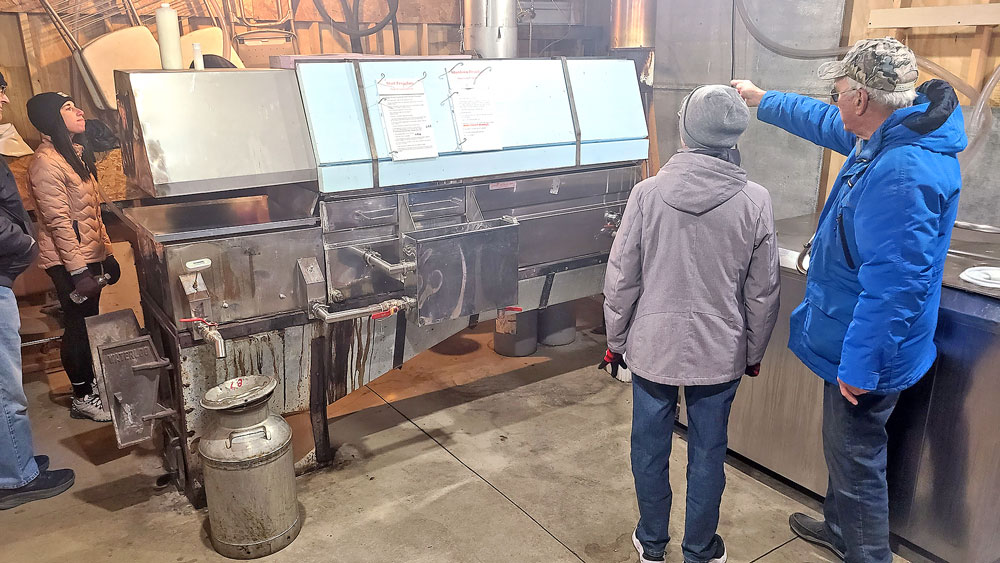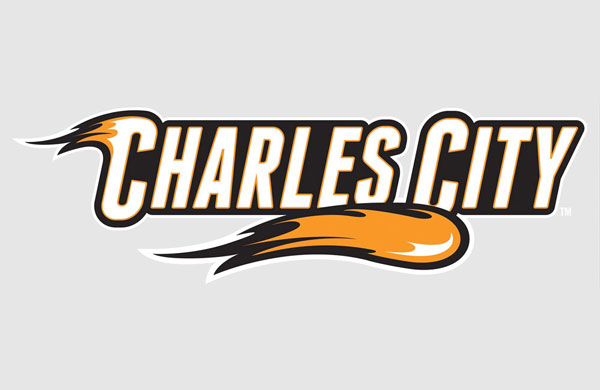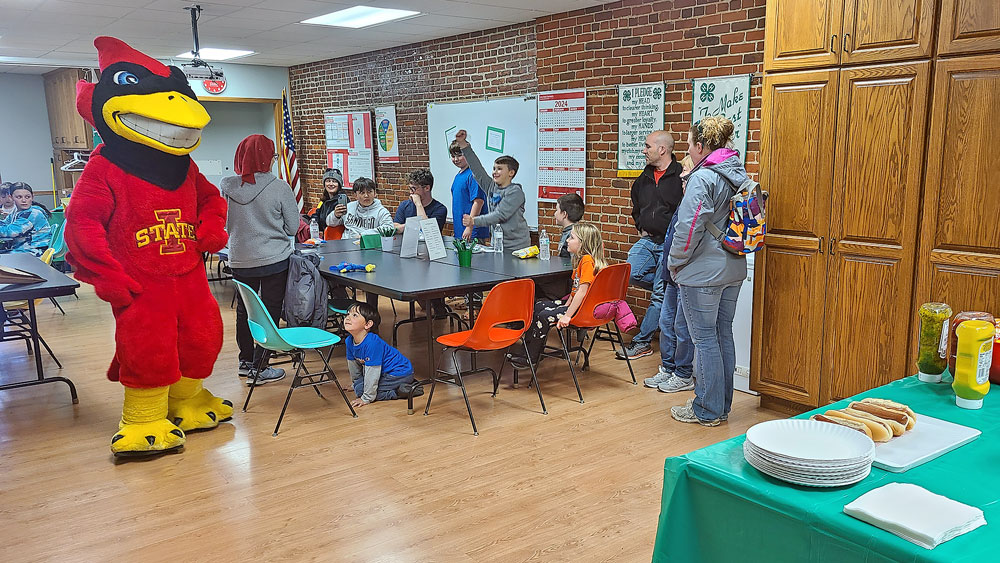Tiny, parasitic wasps released to save trees in Iowa
FIGHTING an INVASIVE SPECIES
Tiny, parasitic wasps released to save trees in Iowa
Larva eat emerald ash borers in eggs
Iowa News Service
AMES — The Iowa Department of Agriculture and Land Stewardship has introduced tiny, parasitic wasps to combat the invasive emerald ash borer as it continues to threaten the more than 50 million ash trees in the state.
The emerald ash borer has appeared in one-third of the counties in Iowa this summer. Insecticides can kill them off, but according to Laura Jesse, director of the Plant and Insect Diagnostic Clinic with Iowa State University, the wasps can attack emerald ash borers before they even hatch.
“The female wasp lays her eggs on it and then the larva hatches, moves in and feeds internally and then emerges,” Jesse explained. “Kind of think of the movie ‘Aliens’ is how it works with parasitic insects.”
Because they were just introduced this summer, the wasps won’t get rid of emerald ash borers right away. But they are part of a long-term management program.
Jesse said the wasps could help reduce the use of insecticides in the future, which could be a benefit in many ways.
“Maybe, you know, in the future we can back off and we don’t need to treat the trees as often,” Jesse said, “you know,
L ST.
maybe every three, four, five years. So things like that are huge not only monetary savings but savings of putting the chemical out in the environment.”
The wasps, which are the natural enemies of emerald ash borers, are not harmful to humans or the trees themselves. And, Jesse said, they’ll most likely go unnoticed.
“The emerald ash borer adult is the size of a head of Lincoln on the penny,” she said. “So, you can imagine that any wasps that feed inside of it — you could see them, but think more of like tiny, tiny ants with wings would be the size. Not something that you’re going to readily see.”
Several thousand of the sting-less, parasitic wasps were introduced near Fairfield this summer, the first release of the insects in Iowa.

By Bob Kessler









Social Share